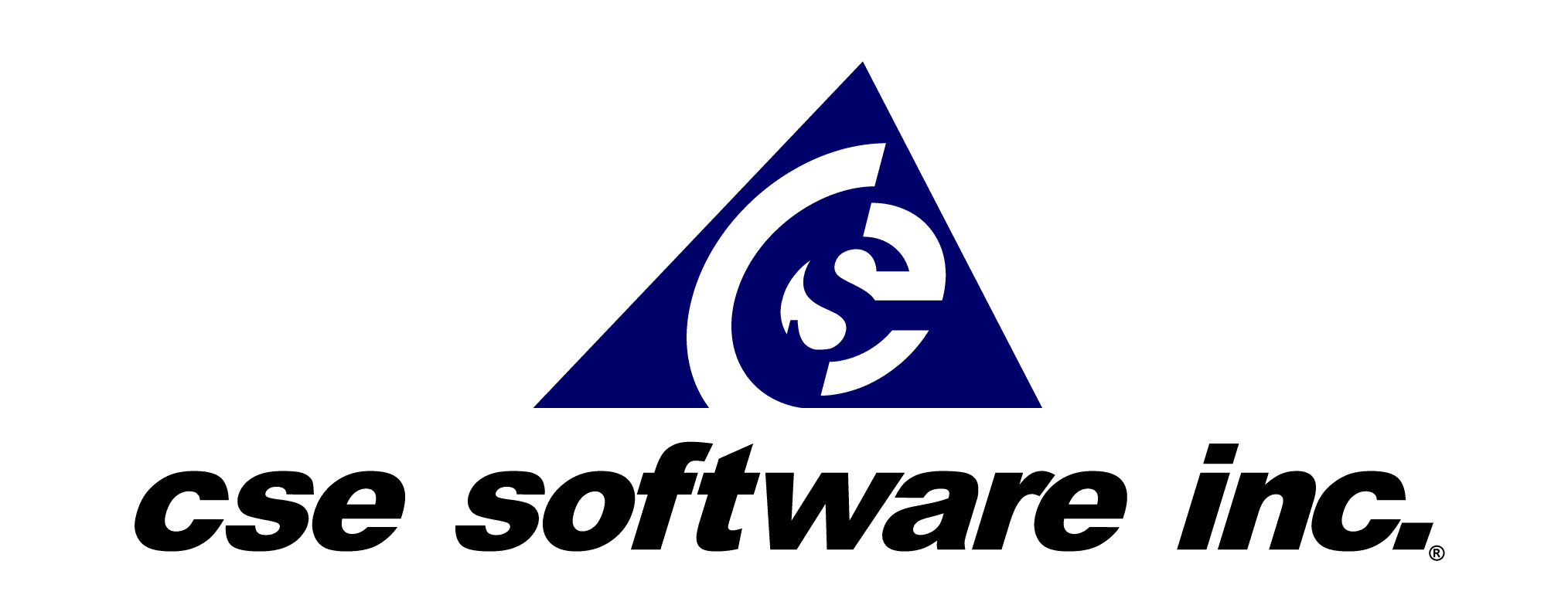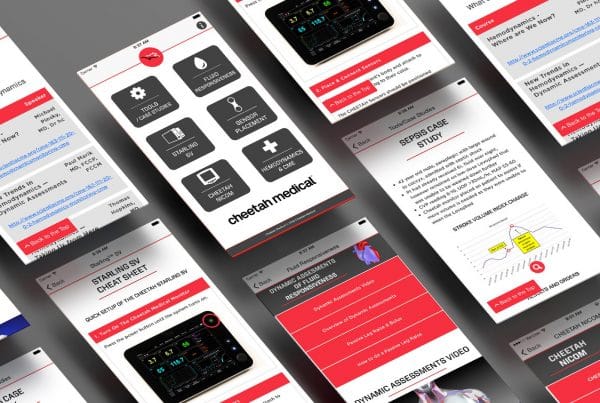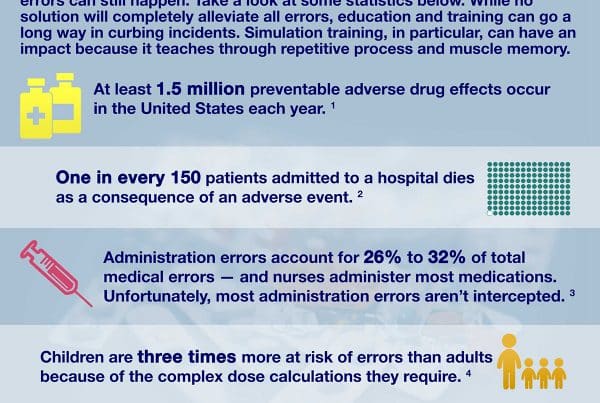Green benefits used to just mean more cash in the wallets of consumers and businesses, but now the focus is on reducing carbon emissions and cleaning up the planet. Mobile app development and eLearning development is helping to reach modern green goals.
The National Wildlife Federation released a report detailing a study by the Stockholm Environmental Institute showing that new teaching methods and custom eLearning development leant itself to lower carbon footprints and more energy savings by reducing the amount of commuters and overall demand for facilities maintenance. By looking at a group of 20 schools, some traditional college campuses and others split between regular and distance learners, the study found an 89 percent reduction in travel-related greenhouse gases for mobile learning students. The structure of online courses also eliminates the need for paper; no physical tests, no documents to move around or store and no need to pay to dispose of paper waste are huge savings for schools and the environment.
A study by J. Elliot Campbell of the University of California and David E. Campbell of Humboldt State University found that offering an online class to 100 students versus a face-to-face lecture would have relatively the same educational impact but would reduce carbon emissions by roughly 5-7 tons for just one course. The benefits of eLearning development here are clear; by moving educational opportunities online, colleges and universities can reduce their commuters' greenhouse gases drastically without necessarily losing quality of education.
One group has come together as a major supporter of this initiative. The American College and University Presidents' Climate Commitment (ACUPCC) formed a charter outlining steps for signed higher education heads to implement a greener learning environment for their students. The goal of signers is to have their institutions gain "climate neutrality," recognizing the part they play in reducing greenhouse gases globally by approximately 80 percent in the next 50 years through implementation of sustainability measures for their schools. For these schools, mobile learning will not only reduce commuter emissions but cut down on the amount of energy the schools expend powering computer labs and paying to maintain facilities, and if more students attend online, schools will not need to expand physical building space.
To help push this idea of green education and more sustainability, some students are even going to the next level with mobile app development to assist with highlighting local businesses or establishments that share the green sentiment. Weber State University, a member of the ACUPCC, recently saw its students create The Ogden Green Map Project as part of its regular community outreach programs. This Green Map provides an interactive layout of WSU's surrounding Town of Ogden, highlighting businesses that participate in recycling and sustainability programs as well as activity sites that don't harm the environment like parks and trails.
"The Green Map project … gets us the excitement that we need to learn about our own little environment, which will then, hopefully, give us a desire to find out about the broader world around us," said Julie Rich, assistant professor of geography at WSU and one of Green Map's mobile app developers in an interview with The Signpost.
School leaders are heading projects to make their infrastructure more eco-friendly and efficient and students in turn are taking up the cause. Working together, they have shown the power of mobile app development and custom eLearning development as tools to aid personal growth and environmental wellness. The potential for other institutions and businesses to copy these patterns and experience similar success is one worth tapping into.
Contact Stacey Burris at sburris@csesoftware.com or 1.309.670.7595 and ask for a mobile learning demo today!



